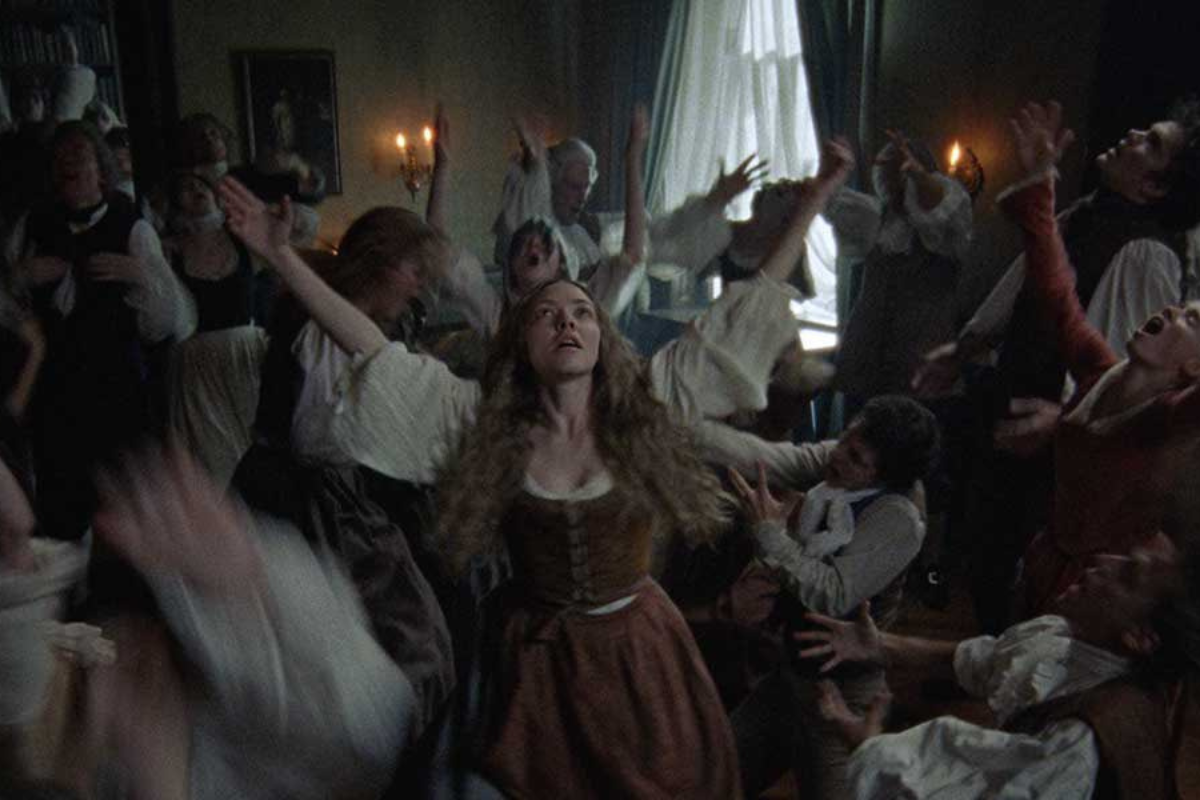Emotional Elements of Plot
ByMartha Alderson Dramatic action creates the pace of a story and determines the level of story excitement. The thematic significance reveals the meaning of the piece. An emotional connection is…
ByMartha Alderson
Dramatic action creates the pace of a story and determines the level of story excitement. The thematic significance reveals the meaning of the piece. An emotional connection is fused between the viewer and the story through the character emotional development. Not simply how a character develops and transforms physically and intellectually, outfoxing and out-thinking and out-performing an antagonist, readers feel an emotional connection through the development of a character’s emotional maturity. In other words, how a character develops emotionally and spiritually provides connection, identification and interest.
Emotion and Emotional Development
How do the following two lists differ and how are they the same?
- Honest
- Courageous
- Deceitful
- Stingy
- Fugal
- Shy
Versus
- Anger
- Frustration
- Pensive
- Apologetic
- Defensive
- Happy
Each of the examples originates in the character. How they differ is one is a list of character traits. The second list is of emotions.
Character emotional development and emotional change are each an essential scene element. They both:
- sound alike
- are related
- are often confused
Character Emotional Development
Showing how the character’s traits change and/or transform over the course of the entire story defines the character emotional development plot and is an essential element in every scene. The protagonist’s emotional development takes place over time and culminates at the end of the story in a lasting transformation. The character’s emotional development can be plotted from the beginning to the end of the story.
Emotional Change
In every scene, the protagonist displays a range of emotion reactions to the dramatic action. How she reacts often is reflective of the burden she carries from her backstory. These emotions, which fluctuate within each scene, are usually transitory and fleeting. Showing your character’s emotions shift and change is an essential element in every scene.
Plot is how the events in a story directly impact the main character. Always, in the best-written stories, characters are emotionally affected by the events of the story. In great stories, the dramatic action transforms characters. This transformation makes a story meaningful. The dramatic action demands a goal. The character emotional development demands growth.
Steps toward Transformation
Each obstacle and antagonist in the dramatic action plot provides the protagonist with opportunities to learn about herself and thus advance her character emotional development plot. Before she can transform, she first must become conscious of her strengths and weaknesses. Stories show a character changing, at the least, and transforming at the most profound.
Often you can accomplish this by creating a flawed character. Eventually, she will have to face that flaw and overcome it in order to achieve her ultimate goal.
Examples of Character Flaws
- Always the victim and unable to take responsibility for actions
- Control freak
- Argumentative and short-tempered
- Liar and a cheat
- Stubborn
- Always has to be right
- Perfectionist
- Procrastinator
- Sits in judgment
The main character’s flaw establishes the protagonist’s level of emotional maturity and points to the potential for growth or transformation. Her flaw interferes with achieving her goal and riles up her emotions.
How to Use a Character Flaw
A character flaw is a coping mechanism that arises from the loss of an original state of perfection that occurred in the character’s backstory.
The character stores the emotion created by what happened in the backstory. Her flaw is designed to compensate for a perceived vulnerability, sense of insecurity, and feeling threatened. No matter how confident, every major character demonstrates lessons learned from the wound inflicted in her backstory that now is lodged in her core belief system. In reaction, she often surrenders some or all of the authority over her own life to someone or something else.
Emotion in the Beginning
The beginning of your story establishes who the character is, flaws and all. Your readers can look back to this portrait and compare it to who she becomes as she undergoes a transformation after the crisis. The portrait also foreshadows who she will be at the climax. At the beginning of a story, the character’s emotional reactions help identify and introduce her.
By the end of the beginning scene at the one-quarter mark of a story, all of the protagonist’s most defining traits, positive and negative have been introduced. This turning point scene reveals the most defining character trait of all.
What emotion does your protagonist communicate about entering the middle of the story?
- eager?
- reluctant?
- resistant?
This choice of hers shows her defining character trait starting out the story:
- courageous
- timid
- afraid
Emotions Intensify in the Middle
The emotions the protagonist managed to keep in check in the beginning of the story begin to unravel in the chaos and uncertainty of the unfamiliar world in the middle of a story.
Overwhelmed and fearful, challenged and hurt, the protagonist becomes vulnerable. Most importantly, the middle deepens the audience’s appreciation for the protagonist’s emotional maturity, or lack thereof, by her emotional reactions as the obstacles become more difficult to surmount. All the outer events, ordeals, successes, and failures of the character constitute the dramatic action of a story and provide the catalyst for change.
The farther the protagonist penetrates into the new world of the middle and the more obstacles she confronts, the character’s emotional defenses begin to break down and her emotions turn bleaker and darker. Unable to function at a superficial level any longer, she begins to experience heightened emotions, ones that touch the core of her being. When she is prevented from reaching her goal, her emotional reaction changes subtly over time, flicking back and forth in the scene like a trapped fly.
Emotional Maturity
One of the defining elements of the final quarter of a story are the number of complications the protagonist is slapped the nearer she moves toward achieving her goal. With each complication, the protagonist suffers some sort of reversal. Yet, unlike the reversals in the middle of the story, the protagonist no longer loses power even if she is physically, mentally or emotionally restrained or injured.
As the character emotional development changes, her emotional expression changes, too. What begins with the display of emotional upheaval transforms into emotional maturity. At the end of a story, as a result of the action on the page, the character’s transformation is revealed through the change in her choices and in her emotional responses from how she acted in the beginning and in the middle.
The plot of a story is about a character faced with a series of conflicts and obstacles while in pursuit of a goal, which, over time, inspire her to change her choices. In the end, she is transformed, and her ultimate transformation creates her anew with a different understanding of herself and her existence.
I’d like to invite all your followers to join me virtually to Track Your Plot at the Scene Level, a webinar hosted by The Writers Store.
To know what goes where in a story with a plot, follow the prompts in Martha’s new book: The Plot Whisperer Book of Prompts: Easy Exercises to Get You Writing
<< REGISTER NOW >>
WHAT YOU’LL LEARN:
- The seven essential elements of scene
- How to create powerful scenes from the beginning to the middle and the end of your story
- The difference between character emotional development and emotional change
- Three of the major turning points found in every story
- How to create a Scene Tracker, or visual representation of the character emotional development, dramatic action and thematic significance of your story
- How to use a Scene Tracker to maximize your scenes
Martha Alderson, aka the Plot Whisperer, is the author of the Plot Whisperer series of plot books for writers: The Plot Whisperer Book of Prompts: Easy Exercises to Get You Writing, The Plot Whisperer Workbook: Step-by-Step Exercises to Help You Create Compelling Stories – a companion workbook to The Plot Whisperer: Secrets of Story Structure Any Writer Can Master. She has also written Blockbuster Plots Pure & Simple and several ebooks on plot. As an international plot consultant for writers, Martha’s clients include best-selling authors, New York editors, and Hollywood movie directors. She teaches plot workshops to novelists, memoirists, and screenwriters privately, at plot retreats, RWA, SCBWI, CWC chapter meetings, at writers' conferences and Writers Store where she takes writers beyond the words and into the very heart of a story.
As the founder of December, International Plot Writing Month, Martha manages the award-winning blog for writers, awarded by Writers Digest 2009, 2010, 2011, 2012. Her vlog, How Do I Plot a Novel, Memoir, Screenplay covers 27 steps to plotting your story from beginning to end.
Related Articles:
Top screenwriting and film publication, founded in 1989, published by Active Interest Media. Twitter: @scriptmag







